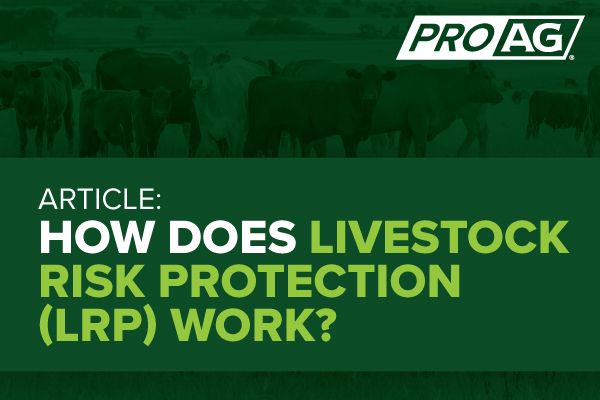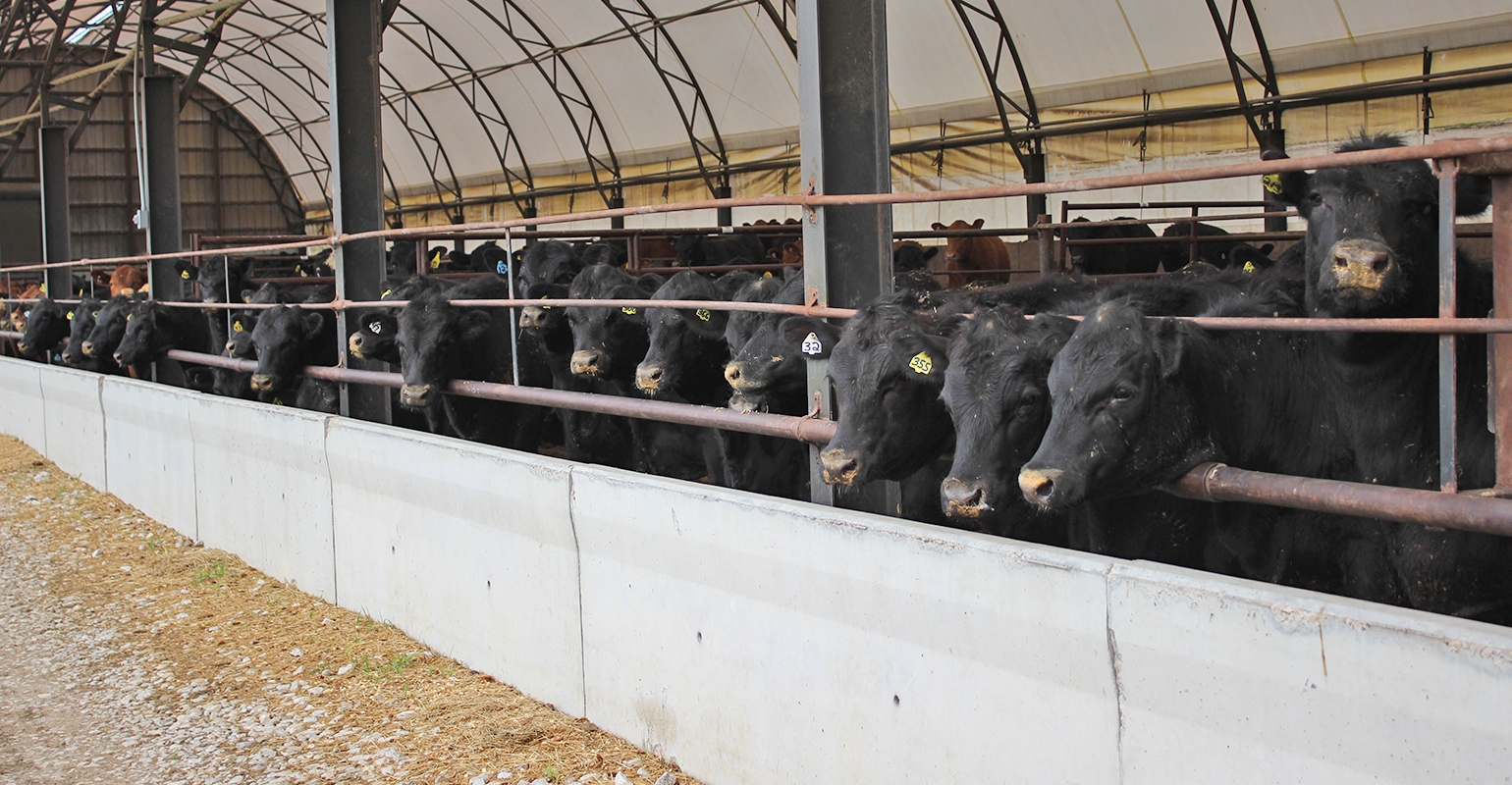Proactive Protection: Bagley Risk Management Techniques
Secret Elements to Think About When Picking Livestock Risk Protection (LRP) Insurance
When evaluating choices for Animals Risk Defense (LRP) insurance, a number of vital factors call for mindful consideration to guarantee reliable risk management in the farming field. Choosing the ideal insurance coverage options tailored to your certain animals procedure is paramount, as is comprehending just how exceptional costs associate with the degree of defense offered.
Protection Options
When thinking about Livestock Risk Defense (LRP) insurance coverage, it is essential to comprehend the different insurance coverage choices available to mitigate dangers in the agricultural sector. Animals Danger Protection (LRP) insurance supplies different coverage alternatives tailored to meet the varied requirements of animals manufacturers.
Another essential protection option is the recommendation period, which determines the size of time the coverage is in result. Producers can pick the endorsement duration that finest suits their manufacturing cycle and market conditions. Additionally, coverage degrees and rates differ based on the type of animals being insured, giving manufacturers the adaptability to personalize their insurance intends according to their particular needs.
Comprehending the different coverage choices available under Animals Risk Defense (LRP) insurance coverage is critical for manufacturers to make educated decisions that successfully secure their livestock procedures from market uncertainties.
Premium Costs

Livestock Risk Protection (LRP) insurance coverage provides crucial protection choices tailored to mitigate risks in the farming industry, with a significant facet to think about being the estimation and framework of premium costs. These include the type and number of livestock being guaranteed, the coverage degree chosen, the existing market costs, historic cost information, and the length of the insurance coverage period.
Premium costs for LRP insurance coverage are usually calculated based upon actuarial data and run the risk of assessment designs. Insurance providers assess historical information on animals costs and manufacturing costs to establish a suitable costs that reflects the level of threat involved. It is necessary for animals producers to carefully assess premium prices and coverage alternatives to guarantee they are effectively protected against possible financial losses because of damaging market conditions or unanticipated occasions. By understanding just how exceptional expenses are computed and structured, producers can make educated choices when picking the right LRP insurance plan for their procedure.
Qualified Animals
The decision of qualified animals for Animals Danger Defense (LRP) insurance policy protection entails mindful factor to consider of details standards and characteristics. Animals types that are usually eligible for LRP insurance coverage include feeder cattle, fed cattle, lambs, and swine. These animals should satisfy certain qualifications connected to weight arrays, age, and planned use. Additionally, the eligibility of animals may vary based on the specific insurance policy carrier and the terms of the policy.
Feeder livestock, for example, are generally eligible for LRP insurance coverage if they fall within defined weight ranges. Fed livestock may likewise be eligible, however they must satisfy certain weight and high quality grade requirements. Swine eligible for protection generally include market weight pets intended for slaughter. Lambs are an additional category of animals that can be considered for LRP insurance coverage, with factors such as weight and age playing a critical function in establishing their eligibility.
Before selecting LRP insurance coverage for animals, producers ought to meticulously review the qualification standards outlined by the insurance supplier to guarantee their pets fulfill the necessary requirements for protection.
Plan Adaptability
Plan flexibility in Livestock Danger Security (LRP) insurance policy permits producers to customize insurance coverage to match their specific needs and run the risk of monitoring approaches. This adaptability encourages animals producers to customize their insurance policies based on elements such as the kind of animals they have, market conditions, and individual risk tolerance levels. One key facet of plan versatility in LRP insurance policy is the capacity to select protection levels that align with the producer's monetary goals and risk exposure. Manufacturers can choose insurance coverage levels that safeguard them against possible losses as a result of changes in livestock prices, visit this website guaranteeing they are sufficiently insured without overpaying for unneeded coverage. In addition, LRP insurance coverage offers adaptability in plan duration, allowing manufacturers to select insurance coverage periods that best fit their manufacturing cycles and advertising timelines. By offering personalized options, LRP insurance allows manufacturers to effectively handle their danger direct exposure while protecting their animals operations versus Click This Link unexpected market volatility.
Cases Process
Upon experiencing a loss or damage, producers can start the claims process for their Livestock Threat Defense (LRP) insurance by quickly calling their insurance policy supplier. It is critical for producers to report the loss as quickly as possible to speed up the insurance claims procedure. When getting to out to the insurance service provider, manufacturers will need to give thorough information regarding the occurrence, consisting of the day, nature of the loss, and any relevant paperwork such as vet documents or market rates.

After the analysis is complete, the insurance coverage carrier will make a choice pertaining to the claim and interact the end result to the manufacturer. The producer will certainly obtain compensation according to the terms of their Livestock Risk Protection (LRP) insurance policy if the case is approved. It is important for producers to be acquainted with the claims process to make sure a smooth experience in the event of a loss

Final Thought
In conclusion, when selecting Livestock important source Threat Protection (LRP) insurance coverage, it is essential to take into consideration coverage options, premium expenses, eligible animals, plan adaptability, and the insurance claims process. These crucial elements will certainly aid guarantee that ranchers and farmers are effectively safeguarded against possible dangers and losses related to their livestock procedures. Making a notified decision based upon these considerations can inevitably bring about better financial safety and satisfaction for animals producers.
Animals Risk Security (LRP) insurance policy uses different coverage choices customized to satisfy the varied needs of livestock manufacturers.The resolution of qualified livestock for Animals Risk Defense (LRP) insurance policy protection entails mindful factor to consider of specific standards and characteristics.Policy adaptability in Animals Danger Protection (LRP) insurance policy permits producers to customize coverage to match their certain needs and risk monitoring techniques.Upon experiencing a loss or damages, manufacturers can start the cases process for their Livestock Danger Security (LRP) insurance policy by immediately contacting their insurance policy provider.In verdict, when picking Livestock Danger Defense (LRP) insurance policy, it is essential to consider coverage options, premium costs, eligible animals, policy flexibility, and the claims process.